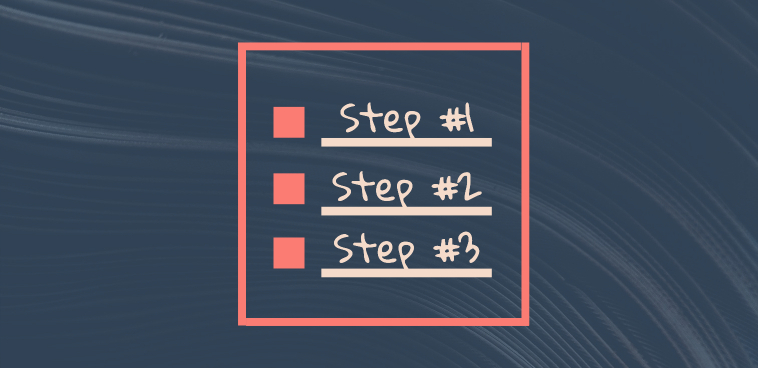Weaving Influence is a full-service digital marketing agency. Since launching 10 years ago, Weaving Influence has helped clients launch more than 150 books, carving its niche in working with authors, thought leaders, coaches, consultants, trainers, nonprofit leaders and speakers to market their services and books. This post is by John Parker Stewart and Daniel Stewart.
A simple haiku from the 18th-century Japanese poet Kobayashi Issa captures the essence of becoming a great leader:
“O snail
Climb Mount Fuji
But slowly, slowly!”
Leaders who experience the greatest success are not those who achieve a single stunning breakthrough but rather those who strive to improve just a little bit each day. It takes patient, persistent effort over time to see and experience gains in one’s ability to lead. In other words, like climbing Mount Fuji, it takes action, discipline and consistent habits to become a great leader.
Our work on the LEAD NOW! Leadership Development Model, which was built on the assumption that leaders must achieve aligned and positive results from four perspectives (their people, their business, their marketplace and their organization), has shown that leaders learn by doing — a little bit at a time. Here are a few examples of what we mean.
Building strong and simple leadership habits
In his bestselling book “The Power of Habit,” Charles Duhigg introduces a neurological loop at the core of every habit that consists of three parts: a cue, a routine and a reward. Cues trigger the start of a routine, the completion of which results in a reward. Changing a bad habit or developing a new one requires adjusting at least one element of the loop.
All leaders have habits that affect their performance. Taking the time to identify the habits that work against you, or those that you need to develop, can make a significant change in overall leadership performance.
For example, an executive we know had a habit of responding to challenging questions from her peers by backpedaling, refusing to commit to an answer and promising to follow up later. This behavior let her save face and feel on top of things, but this habit held her back. Once she identified the cue (hard questions), she started working on being more open to feedback. This insight helped the executive focus on changing one small thing, and she successfully changed the habit loop.
Anticipate and plan for cues
There’s a story about a physician in Scotland who had an idea to accelerate the recovery time of knee replacement surgery patients. To test the theory, researchers divided patients into two groups. Each group received the standard information and tools given to all knee replacement patients, but one had additional instructions. Each week these patients developed a personal recovery plan that identified the specific actions they would undertake at the times they anticipated the greatest pain, such as getting out of a chair.
The results of this experiment astounded researchers. The group who completed the booklets resumed walking twice as fast and could get in and out of their chairs without assistance nearly three times faster than those in the control group.
As you strive to grow as a leader, take the time to develop an action plan. Like the patients in the study, identify the moments of greatest pain and opportunity, as well as key inflection points. Seek an outside perspective to help identify things you may have missed. Review your routines, and identify hallmark moments that will generate momentum.
Understand and work toward being a complete leader
Part of what makes leadership development challenging is how multifaceted and complex the role can be. Organizations expect leaders to deliver business results while also achieving people results. They want leaders who identify the vision, communicate it effectively, and develop and execute a winning strategy.
Simultaneously, leaders are called upon to develop themselves and others so the business can harness the talents of each employee. We also want leaders who create, champion and lead change efforts that benefit the organization.
The LEAD NOW! Leadership Development Model provides a clear set of proven leadership dimensions that define both what great leadership looks like and how to achieve it. This is based on the four critical relationships that each leader has: boss, direct reports, peers and customers. The model provides a clear path to strengthen these relationships, action-planning processes to do it and the expectations that make up a complete leader.
Whether you, like the snail in the poem, are striving to climb Mount Fuji, or you’re simply preparing for an uncomfortable conversation with someone on your team, selecting one leadership skill or habit at a time will elevate your leadership potential for future success!
John Parker Stewart is an internationally recognized award-winning author, coach, and speaker. He and his Stewart Leadership team provide coaching, training, and consulting services to clients globally on change management, leadership development, talent management, and team performance.
Daniel Stewart is a sought-after talent management and leadership development consultant and coach with proven experience advising senior leaders, leading change, and designing leadership-rich organizations. He is the co-author of LEAD NOW! A Personal Leadership Coaching Guide for Results-Driven Leaders and he leads Stewart Leadership’s extensive consulting practice, business development, and international partnerships.
If you liked this article, sign up for SmartBrief’s free email newsletter on leadership. It’s among SmartBrief’s more than 250 industry-focused newsletters.
